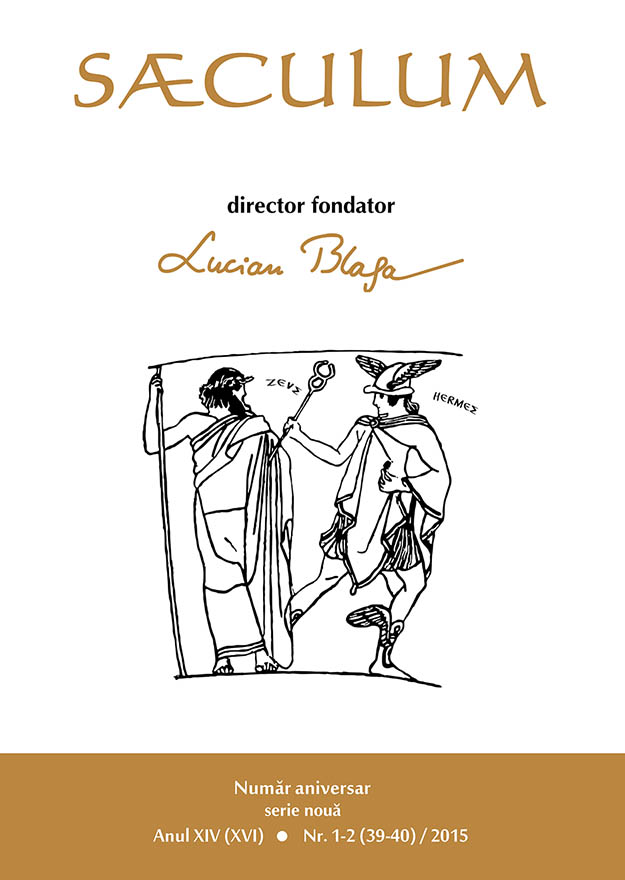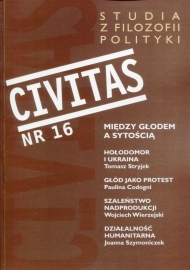Author(s): Bogdan Constantin Diţă / Language(s):
Issue: 1-2/2015
The interwar period in Romania was a rich period for the Romanian culture. Many of the most important writers and thinkers of Romania such as: Mircea Eliade, Emil Cioran, Eugen Ionescu, Constantin Noica, Mihail Sebastian, Mircea Vulcanescu made their debut in this period. It was a time of ideas, of changes, but also a time markedby fanatic nationalism. Even if the country was changing in a good way, there were many issues that needed a solution. One of the most important problems, alongside the worsening situation of the agriculture after the reform, was the fact that the young peoplewho finished their academic studies weren't able to find employment. This issue, especially, increased the simphaty of people for the extrem right-wing parties and pro-fascist parties such as The Iron Guard. These parties were very popular because their ideology was based on defending the national traditions, the national culture, the religion, which were threatened by the foreigners, especially by Jews, who were blamed for all the country's problems. In this period before the World War II, many young people, mostly intellectuals, joined the Iron Guard Party. All the governing parties of the interwar period had a tendency towards antisemitic lawmaking, limiting the civil rights of the jewish population: the jews weren't allowed to marry romanians, jews didn't have political rights until 1923, some newspapers were prohibited, some plays written or directed by jews were interdicted. In the 40's, with a few years before WWII, in Romania began a process of jew extermination. Many jews where killed in the streets, in public places. We can see all these things through the eyes of a jew, in this case, through the eyes of the writer Mihail Sebastian. In his journal, Mihail Sebastian offers us lots of information and details about what happened then.
More...


